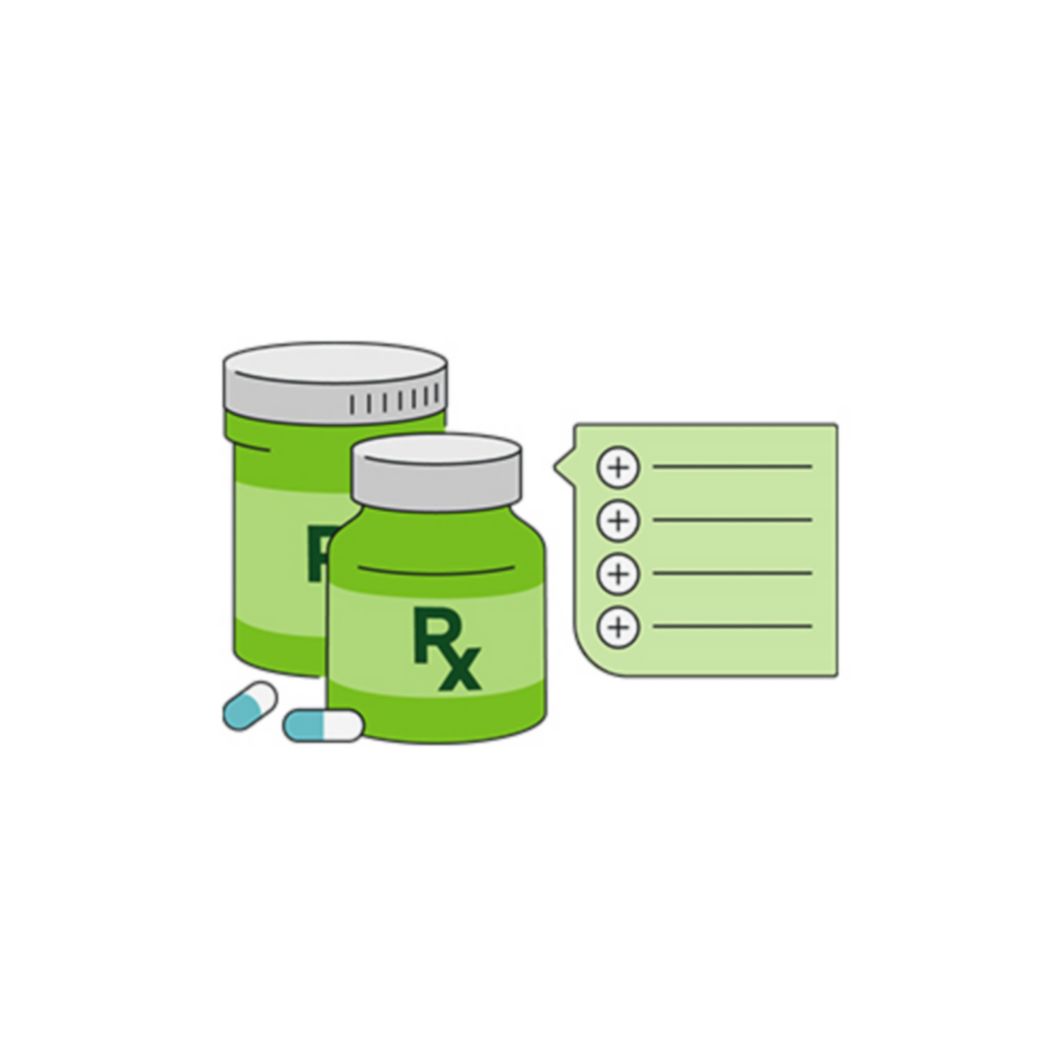Original Medicare doesn’t include coverage for prescription drugs, so consider a stand-alone Medicare Part D prescription drug plan to help you save.

Original Medicare doesn’t include coverage for prescription drugs, so consider a stand-alone Medicare Part D prescription drug plan to help you save.


Already taking prescription drugs? It’s easy to see if they’re covered by our Part D plans and what they’ll cost based on the plan you choose. Plans vary by location, so enter your ZIP code to check plans in your area.
Enter your ZIP code below to see the Humana plans available in your area.
Licensed Humana sales agents can help daily, 8 a.m. – 8 p.m.
1-888-204-4062 (TTY: 711)